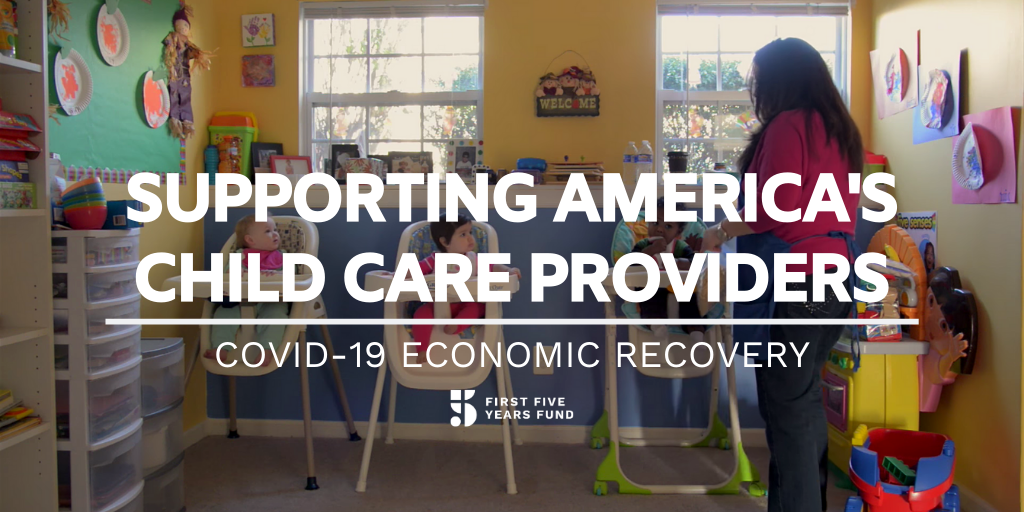
In addition to the proven benefits to a child’s learning and healthy development, quality child care is an essential pillar of America’s labor market and economy, allowing millions of parents to go to work or attend school each day. Under normal circumstances, child care providers operate on razor-thin margins. The nationwide Coronavirus crisis has hit the child care industry especially hard, causing widespread layoffs as a result of catastrophic drops in enrollment and mandatory closures. Extended closures during this time could put a substantial percentage of them out of business permanently, exacerbating the existing realities of child care deserts. The devastating impact of these closures on families and the ripple effect for the economy cannot be overstated. At the same time, many child care facilities are being asked to remain open, operating on only a fraction of their income, in order to provide care in this time of incredible need and uncertainty.

As part of the relief provided to America’s families, small businesses, and major industries as they struggle with the effects of the COVID-19 crisis, federal stimulus efforts thus far have recognized the unique position of child care and has included assistance to young children, their families, and the child care providers who care for them.
For example, Phase I, the Coronavirus Preparedness and Response Supplemental Appropriations Act, included $20 million in additional Small Business Administration (SBA) Disaster Loans and provided immediate funding for the domestic and global response to COVID-19.
Phase II, the Families First Coronavirus Response Act, requires employers with fewer than 500 employees to provide paid sick and family leave. In return, employers and self-employed individuals are eligible for a refundable tax credit to offset the costs of such leave. The Act also expanded unemployment benefits and food assistance, including increased funding for the Special Supplemental Nutrition Program for Women, Infants, and Children program and greater flexibility for distributing food under the Child and Adult Care Food Program.
The largest relief package thus far is Phase III, the Coronavirus Aid, Relief, and Economic Security (CARES) Act — a $2.2 trillion bill that passed with near unanimous, bipartisan support in the House and Senate. It is the primary focus of this resource. Most recently, Phase 3.5, the Paycheck Protection Program and Health Care Enhancement Act, amended small business programs enacted in the CARES Act and provided additional funding for small business loans, among other provisions.